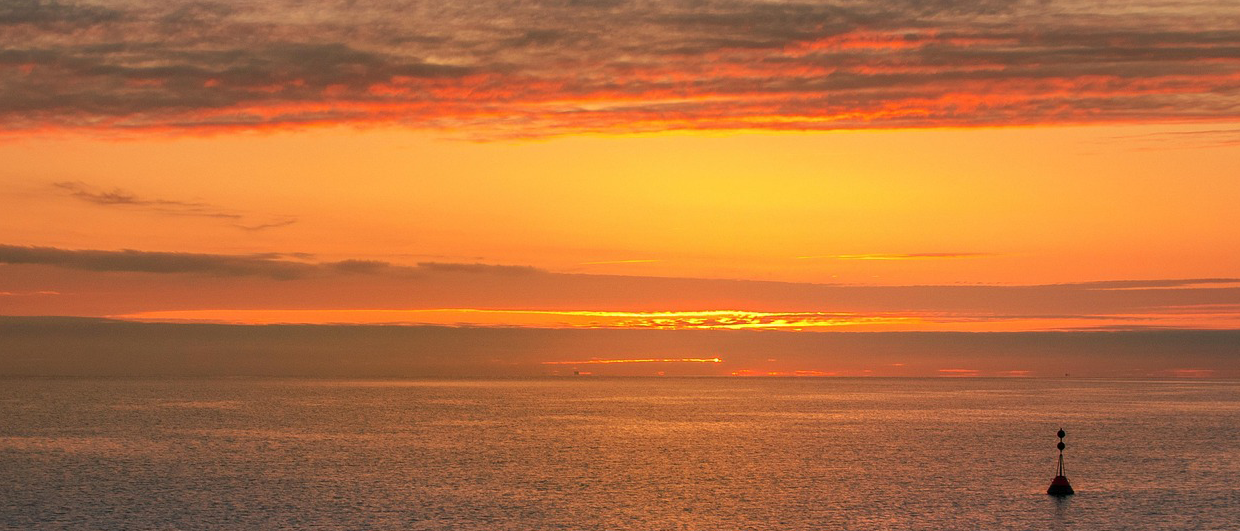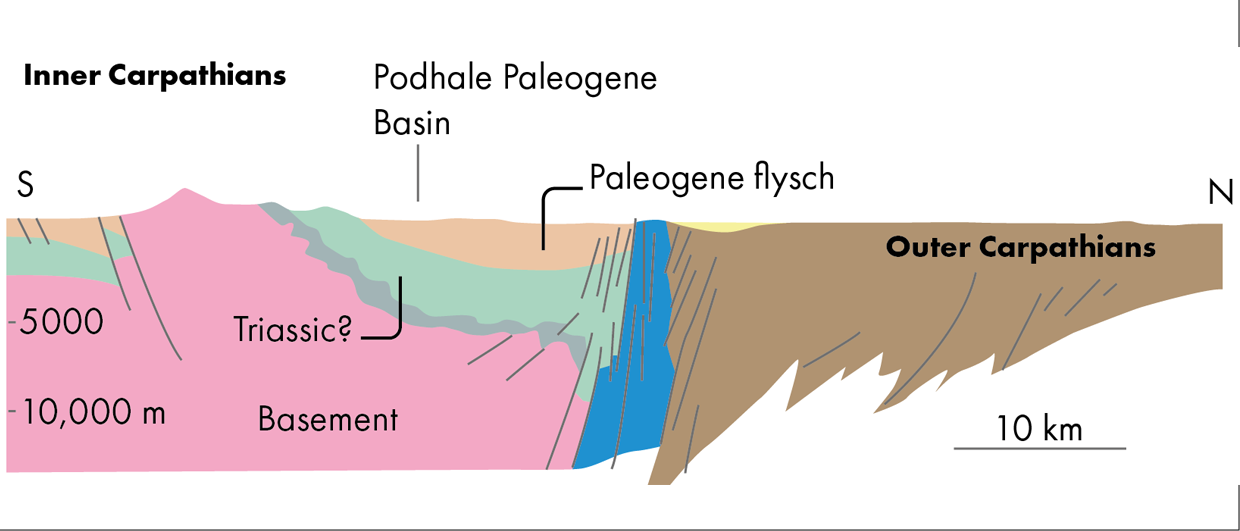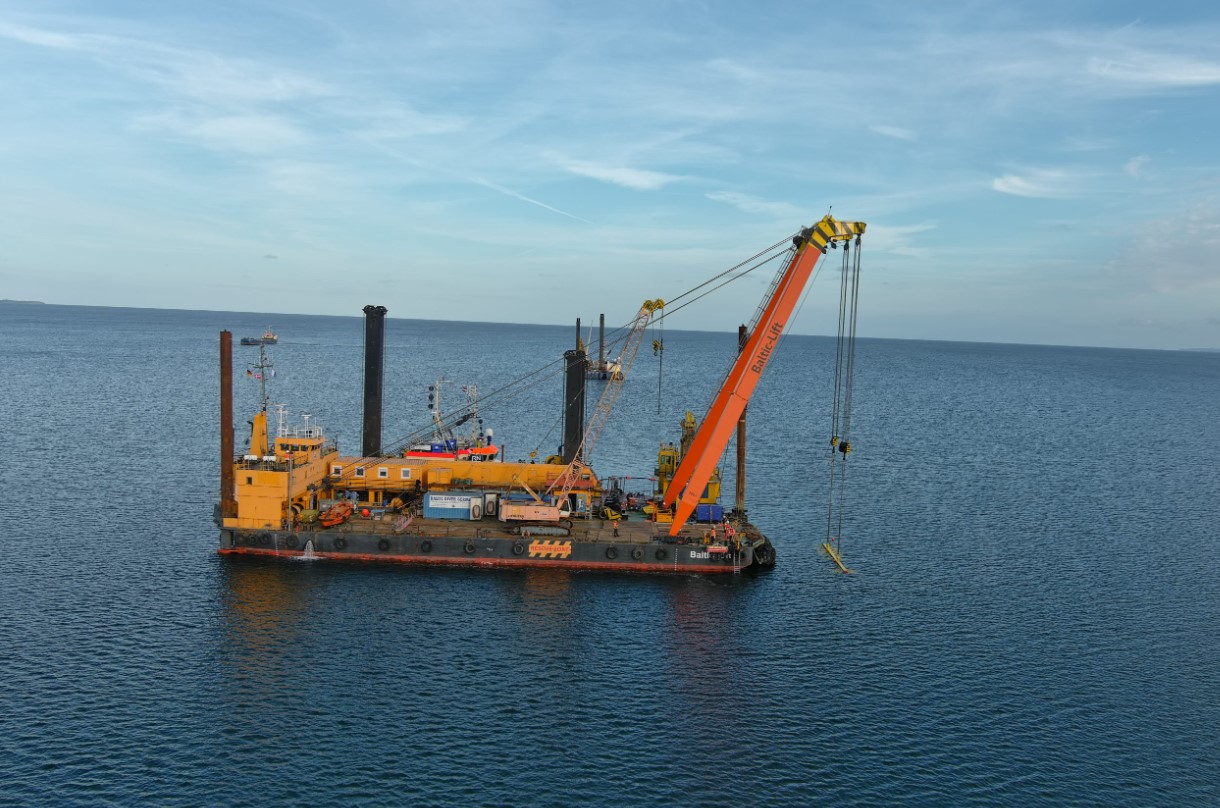It must have been a good moment for PGNiG Norway’s Subsurface and Exploration manager Chris Dart to present his company’s business outlook at the recent NCS Exploration Strategy Conference in Stavanger.
In 2018, he stood on the same stage, explaining how the investment decision for the pipeline connecting Poland to North Sea infrastructure had just been made the year before. At the time, he said that 2022 was going to be a key year for the company.
Now, as we have arrived in 2022, the pipeline has started to transport gas to Poland, while imports from Russia have come down. The timing could not have been much better than that, even though the circumstances are nothing to be upbeat about. It shows a degree of foresight many people did probably not credit the Poles sufficiently for when the project was sanctioned.
This company is all about getting gas to Poland
Chris Dart, PGNiG Norway’s Subsurface and Exploration manager
AN INCENTIVE TO EXPLORE
The Baltic pipeline is able to transport up to 10 Bcm of gas to Poland a year. That means PGNiG Norway is constantly looking for ways to add volumes to its portfolio which currently sits at 309 MMboe of proven reserves plus contingent 2P and 2C resources – this would equate to 50 Bcm if the entire portfolio would have been gas. PGNiG’s current gas production capacity stands at 3 Bcm for 2022.

Since the establishment of the Norway PGNiG office in 2007, the company has been building up its portfolio both through acquisitions and through the drill bit – operated and non-operated. A major transaction was the acquisition of Ineos’ Norway assets in 2021, which came with a 14% stake in the Ormen Lange gas field, 15% in Alve and 30% in Marulk. This year, the company acquired a 40% stake in the Ørn gas discovery from Wellesley, adding an estimated 7 Bcm to its portfolio.
The Norwegian Sea is the core area for the company, also when it comes to exploration. For instance, it was PGNiG that mapped the Warka prospect in PL1009, which was ultimately drilled with ConocoPhillips as the operator in 2020. Well 6507/4-1 proved a 27 m gas column in Lower Cretaceous sandstones of the Lange Fm and with an estimated volume of between 50 and 189 MMboe of recoverable gas. A decision to further appraise Warka is now awaited.
Exploration results do come with surprises though. An example is the Copernicus well (6608/1-1) recently completed by PGNiG as the operator in a remote part of the Norwegian Sea to the east of the Aasta Hansteen field. Pre-drill volumes for Copernicus were reported to be 254 MMboe by partner Longboat, but the well came in dry. The prospect consisted of Miocene-Pliocene lowstand wedge sandstones that showed a clear amplitude anomaly on seismic data. However, the well failed to prove any effective reservoir according to Longboat.
In a way, PGNiG’s efforts in the Norwegian sector clearly show what it takes to explore for gas in a relatively mature basin; it takes a diversified strategy to build up a portfolio and it takes time. Having a pipeline in place this year has turned out to be a crucial decision though, a foresight for which the company should be credited.
An example for Norway?
At the NCS Exploration Strategy Conference in Stavanger, several talks addressed energy security in Europe. It was clearly shown by Simon Sjøtun from Rystad that in the case of a total stop of gas import from Russia, Norway cannot fill the supply gap on its own. Europe consumes around 500 Bcm per year, of which 110 Bcm is being supplied by Norway. However, without significant new discoveries being made, Norway is expected to come off the current gas “plateau” in 2030.
One thing that was discussed by several presenters at the conference was the idea to build a gas pipeline to the Barents Sea. That would be the only way to unlock the area for more gas-focused exploration, as the only gas-processing facility (Melkøya LNG plant) is at capacity with gas coming in from the Snøhvit field for years to come.
The challenge with the Barents Sea however is that most undeveloped gas discoveries sit in relatively tight reservoirs and are not large. That is the reason why building a pipeline is seen as extremely risky. At the same time, there are voices in Norway saying that the government should take more risks if it wants to secure a longer future as an oil and gas-producing nation. At least Poland has shown that building new infrastructure can pay off.





